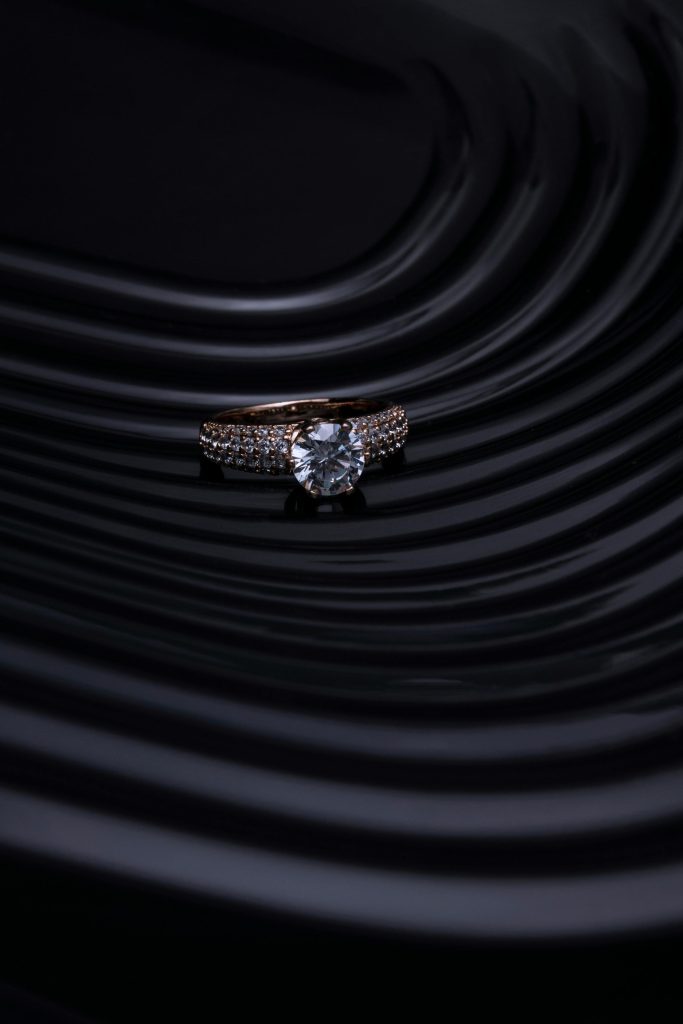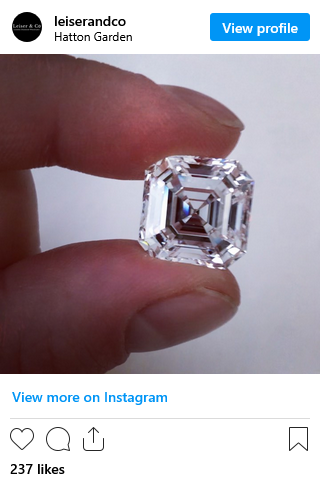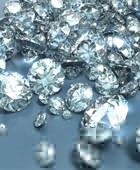In the diamond market, the concept of undervaluation can be complex because pricing is influenced by numerous factors ranging from global demand trends to minute details of a stone’s cut or certification. Identifying undervalued diamonds requires careful analysis, both from a gemological perspective and a market-oriented viewpoint. While many buyers focus only on the four Cs—carat, cut, color, and clarity—savvy investors or jewelry professionals know that true undervaluation often lies in the subtle discrepancies between intrinsic value and current market price. This article will explore the ways one can recognize undervalued diamonds, highlighting market inefficiencies, certification nuances, consumer behavior, and overlooked quality factors that can give certain stones hidden potential.

Understanding Market Dynamics
The diamond market is not entirely transparent, meaning that prices can vary significantly depending on the seller, location, and buyer’s knowledge. Wholesale and retail markets often apply different pricing structures, and emotional factors—such as a consumer’s preference for flawless stones—can skew value perception. Diamonds that deviate slightly from standard consumer preferences, like those with faint fluorescence or slightly off-round cuts, may be priced lower despite retaining comparable brilliance and durability. Furthermore, macroeconomic conditions, such as changes in global luxury demand or fluctuations in currency strength, may temporarily suppress prices for certain stones. Understanding these dynamics allows informed buyers to spot diamonds priced below their intrinsic or long-term value potential.
The Role of the Four Cs in Identifying Value
While the four Cs remain the most widely accepted framework for evaluating diamonds, undervalued stones often exist within the margins of these grading categories. For instance, a diamond graded at G color may appear nearly identical to an F color diamond to the naked eye, yet the market often places a substantial price difference between the two. Similarly, clarity grades just below the “eye-clean” threshold can present excellent buying opportunities, as inclusions invisible without magnification do not typically affect the stone’s beauty. Additionally, diamonds with excellent cuts but slightly unusual proportions may achieve remarkable brilliance without the premium associated with “ideal” proportions. These nuances allow knowledgeable buyers to identify undervalued stones overlooked by the general market.
Certification and Its Impact on Pricing
Certification plays a crucial role in diamond pricing, and differences between grading laboratories can create undervalued opportunities. Diamonds graded by the Gemological Institute of America (GIA) generally command higher prices because GIA is perceived as the strictest and most reliable lab. However, diamonds graded by reputable alternatives such as the American Gem Society (AGS) or the International Gemological Institute (IGI) may be priced lower, even if their characteristics are similar. Moreover, discrepancies in grading tolerances—such as a stone classified as H color by one lab but equivalent to G under GIA standards—can create a pricing gap. Buyers who understand these certification variances may identify diamonds that are technically undervalued relative to their true visual and structural quality.
Fluorescence as a Source of Value
Fluorescence in diamonds is a characteristic often misunderstood in the market. Strong or medium fluorescence may cause certain stones, particularly those with higher color grades, to appear slightly hazy under ultraviolet light. As a result, these diamonds may sell at discounts of up to 15%–25%. However, in lower color grades, fluorescence can actually improve a stone’s face-up appearance by making it appear whiter, thus enhancing its perceived beauty. This mismatch between perception and reality means that fluorescence can often indicate undervaluation, especially when the effect enhances rather than detracts from a diamond’s desirability. Discerning buyers can therefore leverage this characteristic to identify hidden opportunities.

Shape and Market Preferences
Another factor that can contribute to undervaluation is diamond shape. Round brilliant diamonds dominate the market because of their widespread recognition and demand, but this popularity comes at a price premium. Fancy shapes such as oval, marquise, emerald, or cushion cuts may be priced significantly lower despite offering comparable brilliance and beauty. Additionally, shifts in consumer trends influence the relative value of shapes. For instance, while round cuts may always retain a stable premium, certain shapes like ovals or pears may temporarily fall out of fashion and therefore be undervalued. Buyers who anticipate future style trends or who are willing to move away from conventional preferences can acquire diamonds at more favorable pricing compared to those who only consider round stones.
Size and Weight Considerations
Carat weight strongly affects diamond prices, with significant price jumps at common benchmarks such as 1.00, 1.50, or 2.00 carats. Diamonds just below these thresholds—for example, a 0.95 carat stone instead of a 1.00 carat—can cost noticeably less while appearing nearly identical in size when mounted in jewelry. This creates opportunities for identifying undervalued diamonds where small differences in carat weight result in disproportionately large price differences. Furthermore, stones with slightly elongated shapes may appear larger than their actual carat weight, giving the impression of greater size without the higher price tag. This interplay between visual perception and carat-based pricing can make near-threshold diamonds a strong source of hidden value.
The Importance of Cut Quality
While cut is often considered the most important factor for brilliance, it can also create opportunities for undervaluation when evaluated more closely. Many diamonds are categorized as “Excellent” or “Very Good” in cut by laboratories, but within these grades, wide variations exist. A diamond with slightly imperfect proportions may still exhibit outstanding sparkle yet be priced lower than a technically “ideal” stone. Furthermore, buyers who understand light performance measurements such as symmetry, depth percentage, and table size may identify diamonds whose brilliance is comparable to premium stones at a fraction of the cost. In essence, undervaluation can occur when the marketplace places too much emphasis on labels rather than actual light performance.
Consumer Psychology and Perception
The perception of diamonds often drives pricing as much as the technical attributes do. Consumers are typically drawn to “perfect” grades, such as flawless clarity or D color, and this tendency can inflate prices for stones at the very top of the scale. Conversely, diamonds that fall just below these top categories—such as VVS1 clarity or E color—may represent far better value without any noticeable difference to the eye. Psychological thresholds create undervaluation opportunities because the difference in beauty between categories may be negligible, while the difference in price is significant. By understanding how buyer psychology influences demand, one can identify diamonds that the market has undervalued simply due to human preference patterns.
Conclusion
Identifying undervalued diamonds in the market requires a combination of gemological knowledge, awareness of consumer behavior, and understanding of industry pricing structures. Factors such as certification differences, fluorescence, shape, and near-threshold carat weights can all contribute to hidden opportunities. Similarly, recognizing the psychological drivers of value allows buyers to distinguish between what the market considers desirable and what truly offers beauty and durability. By carefully studying these nuances, investors and collectors may position themselves to acquire diamonds that hold both immediate aesthetic appeal and long-term value potential. Ultimately, the ability to spot undervaluation lies in recognizing where perception and reality diverge in the marketplace.




